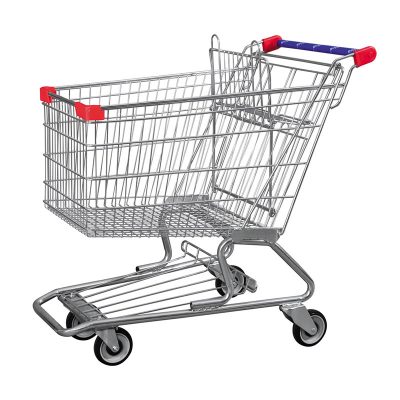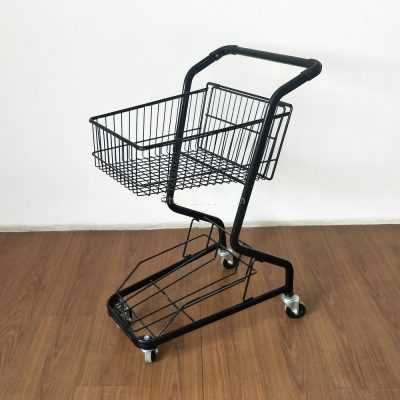1. Choose the Right Trolley: Select a platform trolley that suits your needs. Consider factors like load capacity, wheel type (swivel or fixed), material (steel, aluminum, plastic), and size. Ensure that the trolley can comfortably handle the weight and dimensions of the items you plan to transport.
2. Inspect Before Use: Before each use, inspect the trolley for any damage, wear and tear, or loose components. Make sure the wheels are in good condition and rotate freely. Any issues should be addressed before loading the trolley.
3. Proper Loading: Load items onto the trolley evenly and securely. Place heavier items at the bottom and distribute the weight to maintain stability. Avoid overloading the trolley beyond its recommended capacity as it can lead to accidents or damage.
4. Secure the Load: Use straps, bungee cords, or other appropriate securing mechanisms to keep the load in place during transportation. This prevents items from shifting and falling off the trolley, ensuring safety for both the handler and the items being transported.
5. Push, Don’t Pull: Pushing a loaded trolley is generally safer and more ergonomic than pulling it. Pushing allows for better control and visibility, reducing the risk of collisions and accidents.
6. Watch Your Path: Be aware of your surroundings and the path ahead. Look out for obstacles, uneven surfaces, ramps, or thresholds that might pose challenges while pushing the trolley. Clear the path of any obstructions before you start.
7. Handle Slopes and Inclines Carefully: When navigating slopes or inclines, always face the trolley uphill. Use caution and controlled movements to prevent the trolley from gaining too much momentum, which could lead to loss of control.
8. Brake Usage: If your trolley has brakes, make sure to engage them when stationary, especially on inclines or when loading/unloading. This prevents the trolley from rolling unexpectedly.
9. Team Handling (if needed): For larger or heavier loads, consider using two or more people to handle the trolley. Communicate effectively and coordinate your movements to ensure safe and smooth transportation.
10. Storage and Maintenance: When not in use, store the trolley in a designated area, protecting it from damage and potential tripping hazards. Regularly clean and maintain the trolley, lubricate its moving parts, and replace any worn-out components promptly.
11. Personal Safety: Wear appropriate footwear and gloves to ensure a secure grip on the trolley’s handle. Lift with your legs and use proper lifting techniques when loading or unloading heavy items.
Remember that safety is paramount when using platform trolleys. Following these guidelines will help ensure efficient handling and reduce the risk of accidents or damage to both the trolley and the items being transported.



















